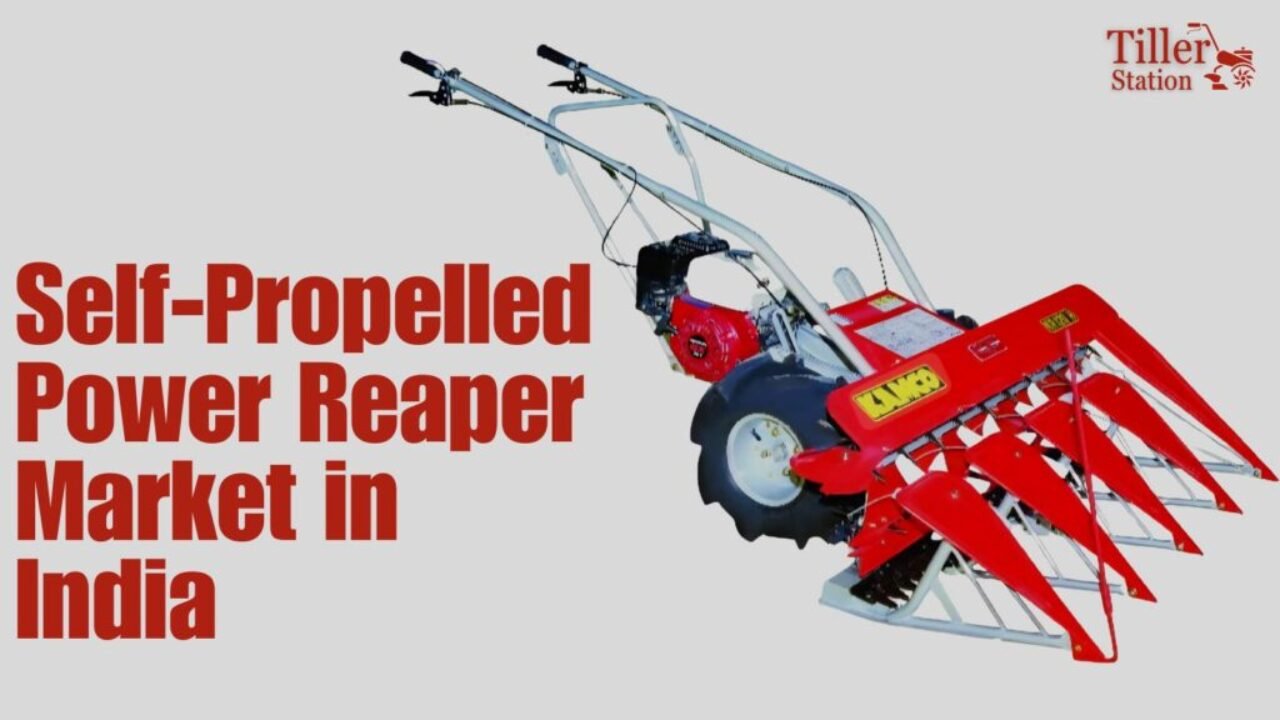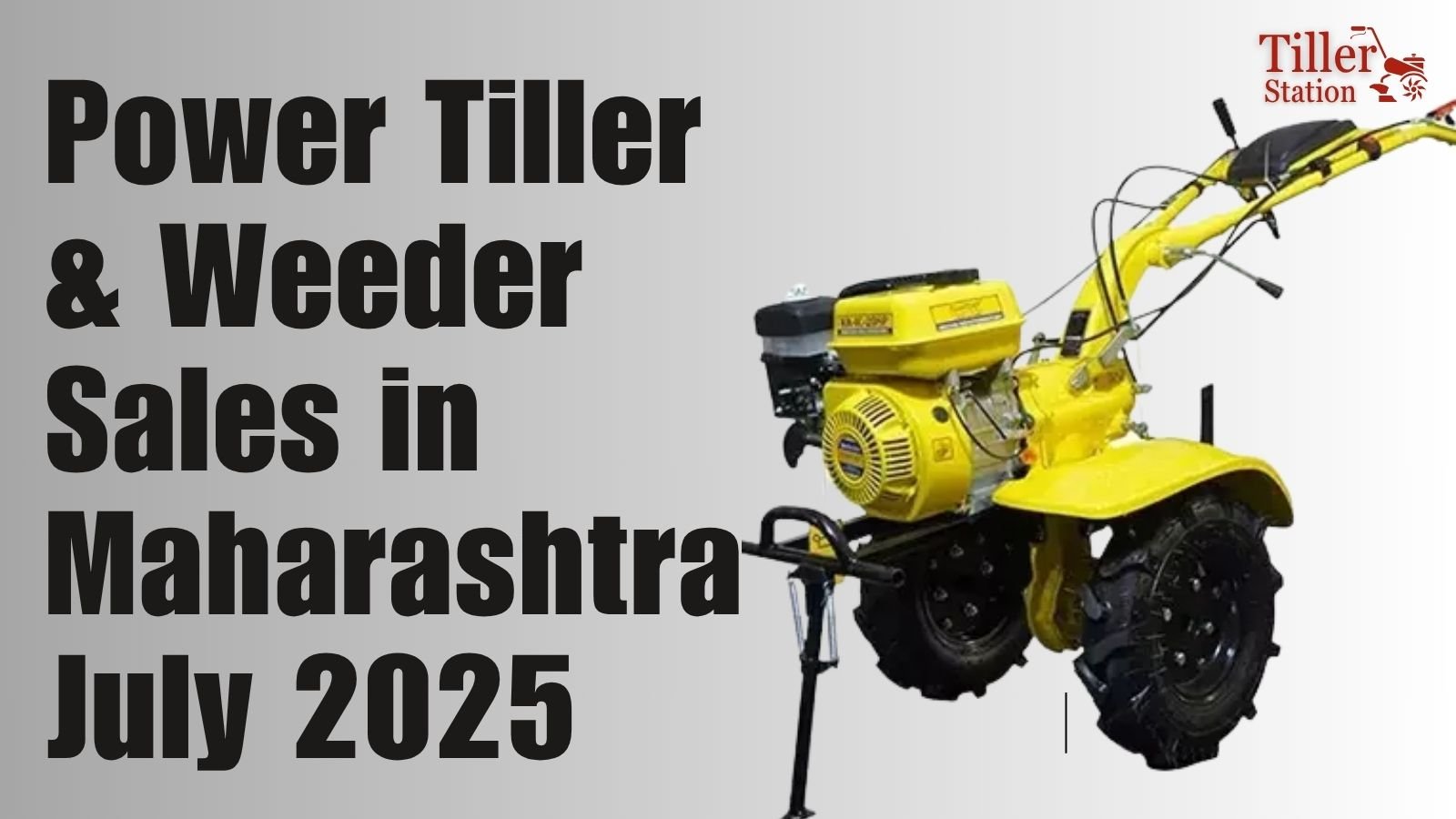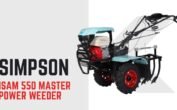The self-propelled power reaper market in India is experiencing rapid expansion, driven by an urgent need for increased farm mechanization and labor efficiency. As of last year, the market size was approximately 16,000 units, with projections forecasting a 10-12% growth for this year. This translates to a significant uptick in units sold, reflecting robust demand and progressive market penetration.
High-Demand Regions
Maharashtra – Gondia, Chandrapur, Gadchiroli, Bhandara, Nagpur. Chandrapur district is particularly notable for its agricultural activities, with major crops including paddy, cotton, soybean, and wheat during different seasons.
Chhattisgarh – Rajnandgaon, Korea, Dhamtari. Rajnandgaon serves as a manufacturing hub for agricultural machinery, including power reapers, indicating strong local demand and industrial support.
Madhya Pradesh – Balaghat, Ambikapur, Mandla. These regions show significant demand for power reapers designed for soybean, moong, and other pulse crops, reflecting the state’s diverse cropping patterns.
Odisha – Western Odisha regions continue to show growing adoption of mechanization technologies.
These regions are recognized for their expansive paddy fields and are leading zones for mechanization due to both government initiatives and local farming needs.
Key Growth Drivers
Mechanization Demand
Rising labor shortages in agriculture and the need for greater harvest speed are pushing farmers toward self-propelled solutions, especially in paddy fields. India faces a rising shortage of agricultural labor due to urbanization and migration to non-farming sectors, making farm mechanization essential to address this challenge.
Crop Diversification
Power reapers are increasingly used not only for paddy, but also for cash crops such as moong dal, urad dal, and soybean—notably in states like Madhya Pradesh and Maharashtra. These machines demonstrate versatility across multiple crops, making them attractive investments for farmers practicing multi-cropping systems.
Government Subsidy
A 50% government subsidy substantially enhances affordability, providing a major incentive for adoption. Under the Sub-Mission on Agricultural Mechanization (SMAM), farmers can receive up to 50% subsidies on the purchase of machinery like power reapers, while specific categories such as women farmers, SC/ST farmers, and farmers in northeastern states can enjoy subsidies of up to 80%.
Leading Brands and Market Competition
VST Tillers & Tractors Ltd leads the segment, known for innovation and consistently strong sales growth.
KAMCO boasts a long history, trusted for reliability, and maintains significant presence particularly in the South and Central Indian markets. Close to 75% of industry-wide reaper sales is between VST and KAMCO, while the rest of sales are spread between other players
Simpson, Kisan Kraft, Krishitek and few other newcomers are leveraging technology upgrades and targeting a broad range of users with diversified crop compatibility. These manufacturers offer specialized equipment like short crop power reapers designed for crops such as moong and other pulses.
Regional Insights: Key Crop and Demand Centers
Major Crops
Paddy remains the dominant crop for power reaper adoption due to labor-intensive harvesting requirements. Use for moong dal, urad dal, and soybean is growing, especially where multi-cropping is practiced.
Industry Challenges and Enablers
Government Support
The 50% subsidy has been a critical catalyst for equipment affordability, opening up product adoption even among small and marginal farmers. The government’s focus on increasing farm mechanization through schemes like SMAM aims to boost the ratio of farm power to cultivable unit area up to 2.5 kW/ha.
Market Dynamics
India’s agricultural mechanization rate currently stands at around 40-45%, significantly below countries like the USA (95%) or China (57%). This presents substantial growth opportunity as the market continues to evolve. The agricultural machinery market in India is valued at USD 14.3 billion and is forecasted to reach USD 24.05 billion by 2029, growing at a CAGR of 10.96%.
The self-propelled power reaper market represents a crucial component of India’s agricultural modernization journey, addressing both labor challenges and productivity enhancement needs. With strong government support, growing awareness among farmers, and expanding crop applications, the market is positioned for sustained growth in the coming years.




